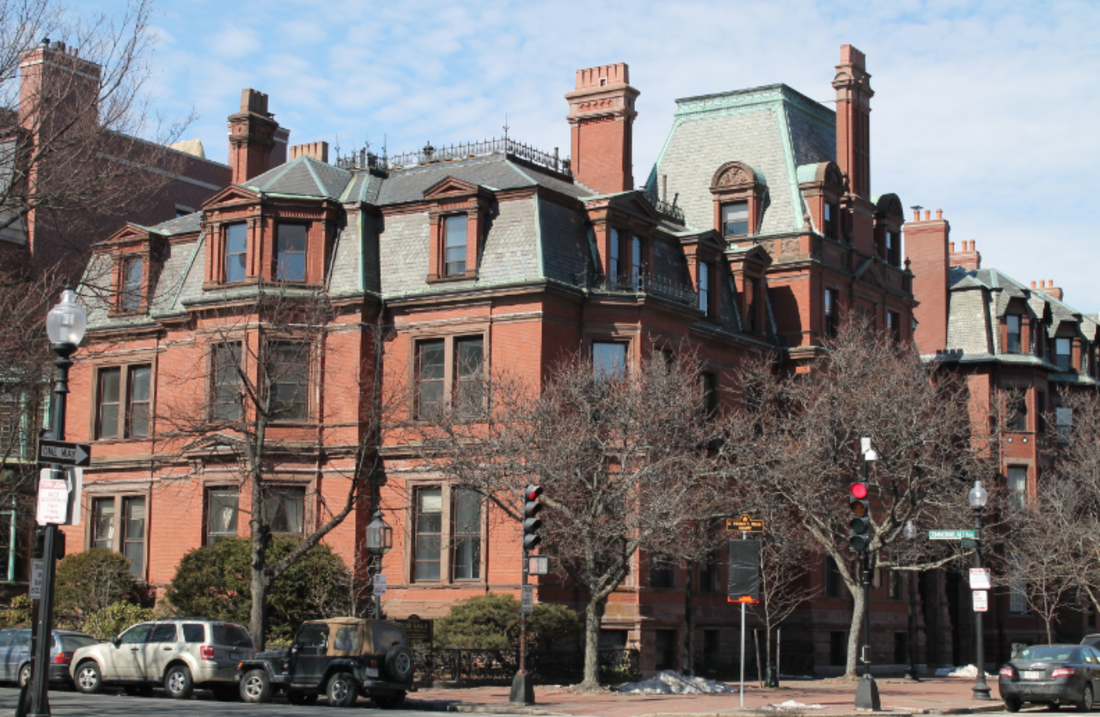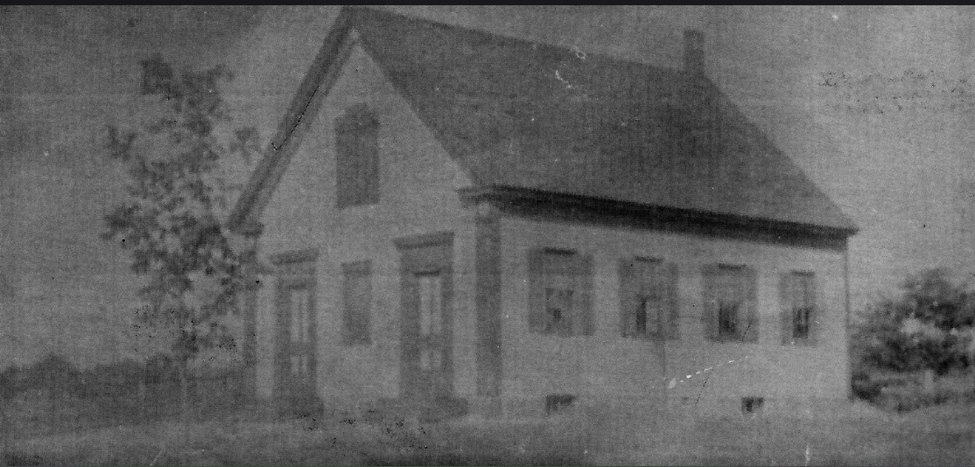|
Early School in Easton/Howard Neighborhood It’s February and the time of year when Easton’s young people are always hopeful of a snow day. Nowadays they usually know about the snow day the evening before and can comfortably sleep in, not having to wait to hear if the fire whistle blows (2-2-2) early in the morning, like I did when I was young. But that was no hardship at all compared to the conditions in the first Easton schools. Imagine a time when there was no easy transportation to schools, schools were organized by neighborhood, and conditions were rough. At the very back of a simple black binder called Easton in Pictures, I found an account entitled “Reminiscences” written by Edwin D Howard. In his account Edwin describes what it was like to go to school in the Howard neighborhood, that remote part of town, in the years shortly after 1793, when the first official neighborhood school was built by subscription. (The first Howards moved to Easton sometime after 1733 and Howard Street was first laid out in 1753.) Built approximately 20 to 25 feet in length and about 15 feet in width, the school was very rustic by modern standards. Unpainted walls, six small high windows. Seats were built along the walls on three sides. Desks were in front of the seats with another row of seats for the youngest students in front of those. A one room schoolhouse. Many members of the Howard family rest here in the Howard Family Cemetery on Prospect Street. Edwin, our author, remembers stories told by his parents about what it was like to go to school there in the early years. They spoke of a schoolmaster who sat with a rod in his hand that was long enough to reach any student. Conditions were crude in many ways inside the building. There was a brick fireplace at one end, never a stove, and although nearby farmers supplied wood, the male students were responsible to cut it up and make the fire. If more wood was needed during the day, a boy was sent from his lessons outside into the cold to gather more. The winter term could be quite uncomfortable and according to Edwin, “On very cold days in winter, about one-half of the scholars would be standing in a semi-circle around the fire at one time, and when they had warmed themselves a little would give their places to the other half who were shivering in their seats.” How many of us would have been eager scholars under those conditions? Edwin describes that on his own first day of school (sometime in the 1830’s) an older student was threatened by the teacher so disturbingly (according to Edwin) that when Edwin went home for lunch he begged to be able to stay home. He was allowed and didn’t return until the following winter term when a new teacher appeared. According to Chaffin the winter term was more likely to include the older ‘rougher’ boys because in the warmer weather they were busy working on the farm or laboring at other outside work. The first schoolmasters were men as it was thought only men could maintain discipline over the bigger boys. When women were first allowed to teach, it was during the summer term. It wasn’t until close to 1845 that women were 'tried out' in the winter term. According to Chaffin the women were met with "decided success". Edwin writes, “I sometimes wonder how we managed to learn as much as we did, under the circumstances, in this house,” but goes on to say that the Howard school compared well with other schools in town and that the Hon. Oliver Ames Jr. once deemed the school “No. 1 in town.” This first Howard neighborhood school was closed in 1845 and another was built across the street. That building is now a private residence. Second official Howard Neighborhood School. 1845-1926. Easton Historical Society.
Once the high school opened in North Easton students from the Howard neighborhood could take advantage of the opportunity if, "they walked two-and-one-half miles to the train depot at Easton Center and then took the train to North Easton." (Ed Hands, Easton's Neighborhoods). Of course, hardship is all relative to one’s own time in history. But I admire those who went out on those cold winter mornings to better themselves. Anne Wooster Drury [email protected]
0 Comments
Your comment will be posted after it is approved.
Leave a Reply. |
Author
Anne Wooster Drury Archives
June 2024
Categories |
Easton Historical Society and Museum
PO Box 3
80 Mechanic Street
North Easton, MA 02356
Tel: 508-238-7774
[email protected]


